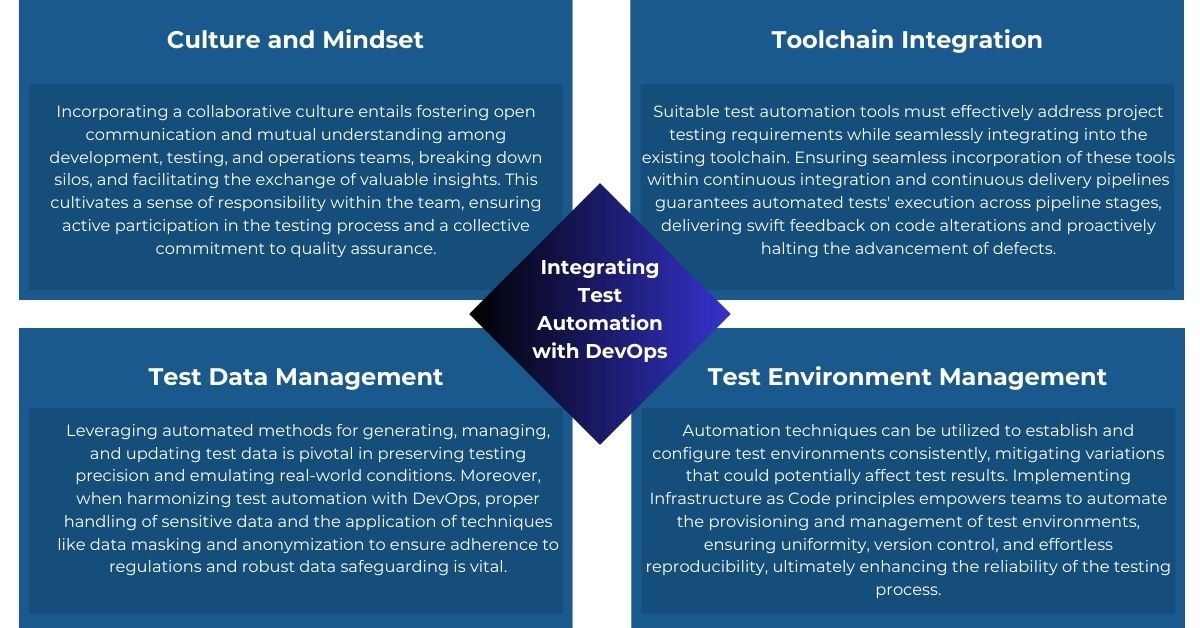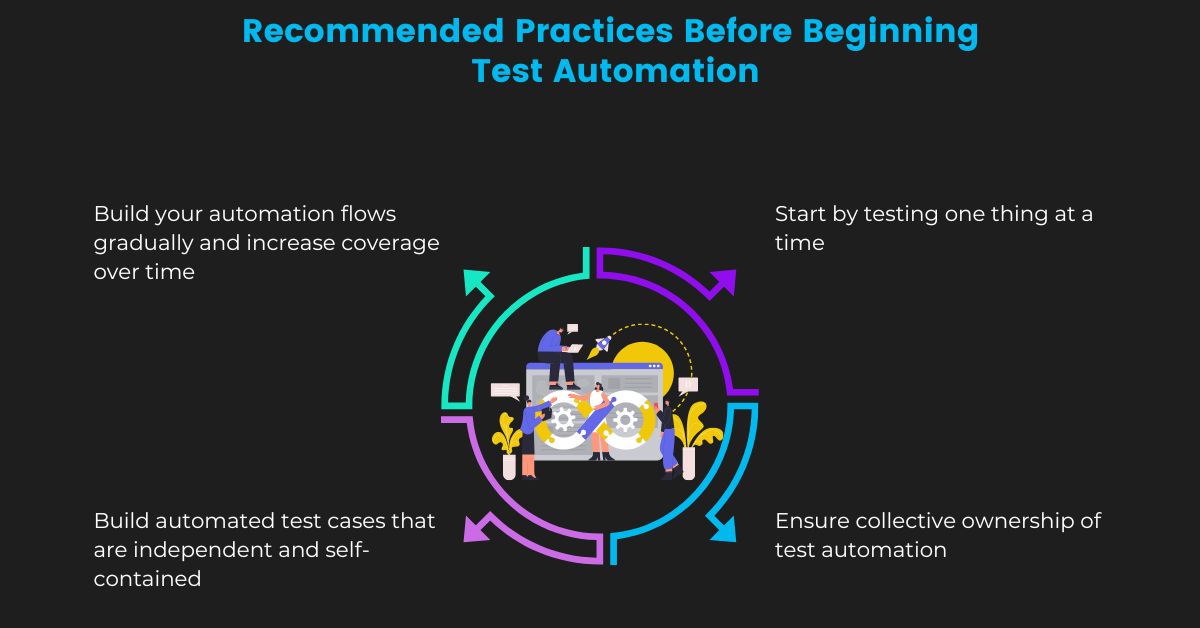Understanding how to automate testing in DevOps lifecycle is a critical step toward achieving faster, more reliable, and higher-quality software delivery. This integration enhances collaboration, accelerates testing processes, and helps teams identify and address issues earlier in the development lifecycle. This blog explores the possibilities of optimizing their software development practices, helping you understand the synergy between test automation and DevOps holding a pivotal role in their decision-making process.
Let’s first answer why and then move to how to automate testing in DevOps lifecycle?
Agile methodologies and DevOps go hand in hand. In order to improve the flow through the release pipeline with fewer bottlenecks and quicker feedback loops, these strategies all share the goal of enhanced flexibility and speed.
In general, these methods seek to provide high-quality product updates and releases at a rate that is far faster than more conventional models, such the waterfall method.
The release pipeline would be slowed down and more prone to errors if several phases were carried out manually. Speed and accuracy brought about by automation enable quick, high-quality delivery. Even though testing only makes up a small portion of the release pipeline, automation seems like a logical choice.
Importance of Integrating Test Automation and DevOps
The integration of test automation and DevOps holds significant importance for streamlined software development. It accelerates time-to-market by facilitating faster and more frequent releases through automated testing, ensuring rapid validation of new code changes and enabling quicker delivery of user-oriented features. Moreover, it facilitates early defect identification by enabling continuous testing during code modifications, minimizing later-stage remediation efforts.
The consistency and reliability of automated tests guarantee the expected software behavior by executing standardized actions consistently, reducing errors and enhancing the dependability of releases. Identifying how to automate testing in DevOps lifecycle and integrate them also fosters enhanced collaboration among development, testing, and operations teams, fostering shared insights, automated test case definition, and collaborative issue resolution. This synergy optimizes resource utilization by freeing testers from repetitive manual tasks, empowering them to focus on intricate test scenarios and creative exploratory testing.
The continuous feedback loop established by automated tests offers immediate insights to developers about code impact, encouraging incremental, stability-enhancing code changes. Additionally, automated tests attain broader test coverage, encompassing diverse scenarios and edge cases that manual testing might overlook, thus identifying hidden issues. Lastly, the incorporation of automated tests aids in efficient regression testing, a pivotal requirement in DevOps, safeguarding existing functionalities with each code iteration. In conclusion, the integration of test automation and DevOps is a strategic approach that bolsters efficiency, quality, collaboration, and reliability in software development endeavors.
A DevOps pipeline’s design and implementation is no easy undertaking. There are many factors to take into account and many choices to be made. Test automation thus forms the prime driver for a successful DevOps lifecycle.
Key Considerations for Integrating Test Automation with DevOps

How to Build Your Test Automation Flow
Before you begin how to automate testing in DevOps lifecycle and integrate them, you must first plan out your release pipeline. To achieve this, a systematic approach involving four key steps can be undertaken:
- Outlining each phase of the release process provides a clear roadmap.
- Identifying essential checkpoints and prerequisites for a build to progress to production ensures a streamlined trajectory.
- Establishing an efficient feedback mechanism aids in swift error identification and rectification. Compiling an exhaustive inventory of activities, services, and operational procedures encompassed within a release cycle completes the comprehensive strategy.
Building your automation flows is the next stage of implementing how to automate testing in DevOps lifecycle and integrating them. The method you must use and the ease and speed with which you may execute this task entirely depend on the instrument you use. It’s important to have a test automation plan in place in addition to the appropriate test automation tool and to become familiar with some automated testing best practices.

Find the Right Test Automation Tool Before You Begin Integration
When it comes to test automation tools in understanding how to automate testing in DevOps lifecycle, there are many different alternatives. DevOps’ objective of quality delivery at a rapid pace can only be met with the appropriate tool for your team. Before spending your time and effort, it’s a good idea to be familiar with how these tools operate.
An automated DevOps test tool must:
- Cater to a diverse user base, including testers, developers, operations staff, and management.
- Seamless integration with the existing CI/CD pipeline and tools is crucial, alongside the capability to function across various infrastructures.
- Efficiency is key, with the aim of minimizing the maintenance of automation cases.
- The system should not rely on users to generate code, regardless of the complexity of their automation requirements. Importantly, it should not divert testers from their primary task of assessing the final product.
- A minimal learning curve is essential to prevent disruption to release cycles, while also facilitating easy collaboration on automation scenarios.
